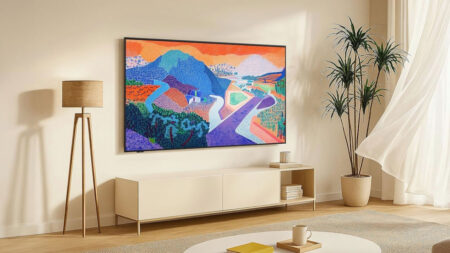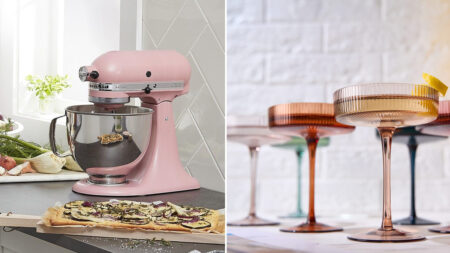A plane goes down in Ahmedabad, India, taking hundreds of lives. Israel and Iran trade attacks, killing some and terrifying many. The Ukraine-Russia conflict has driven millions into poverty and debilitated them. In this moment of tragedy, design seems like a petty concern. Yet, many of us (at least in the design, journalism, and creative fraternity) will be heading to Copenhagen this week to attend 3daysofdesign (Denmark’s annual design festival). We will not be doing so because design overshadows sorrow or belittles pain, but because it holds the power to knit us together when the world feels like falling apart.
From June 18 to 20, Denmark will host the annual 3daysofdesign (3DD) festival, transforming the capital city into a global hub for design innovations featuring a range of installations, exhibitions, and product launches. This year’s event centers around the theme of ‘KEEP IT REAL’, a concept that honours individual expression and experiences, to envision a world that’s more caring, inclusive, and conscious.
Participating studios from around the world (even from conflict and tragedy-torn regions) will showcase how sustainability, human creativity, craftsmanship, and cultural heritage remain vital, even when catastrophe halts the creative landscape. The importance of the fair can be adjudged by the fact that designers like Barber Osgerby and Tom Dixon, and brands such as Bang & Olufsen, Form Us with Love, HAY, Nikari , Bjarke Ingels Group, +Halle, Fritz Hansen, Mattiazzi will mark their presence at the event. I got in touch with some of these names and other brands to get a hang of what’s coming to Europe’s most premium design festival.
Unsurprisingly, sustainability and heritage anchors 3daysofdesign, with many studios prioritizing eco-friendly materials and vintage design processes to create lasting, responsible products. SOUI and KUFU, a Japanese lifestyle brand founded in 2024, demonstrates this belief with an all-Japan-made interior and home decor collection set to be exhibited at 3DD.

Their exhibit features new sculptural pieces that double as furniture, crafted from sustainable materials to support a “scrap, pack, and go” lifestyle that prioritizes simplicity and environmental consciousness. “The product is made in Japan using regenerative materials, has a structural design for long-term use, and can be transported compactly, which also reduces environmental impact,” the studio informs.
Eilersen, a renowned Denmark brand that marks its 130th anniversary with the ‘Evolution’ exhibition, will be introducing the Bug furniture collection at the fair. “With Bug, the focus was on minimising climate impact under the concept of ‘low impact–long durability’ to help reduce our common carbon footprint,” a company representative notes. Using minimal, recyclable materials and flat-packed designs, Bug exemplifies sustainable innovation rooted in the company’s legacy of coach-making and furniture craftsmanship since 1895.
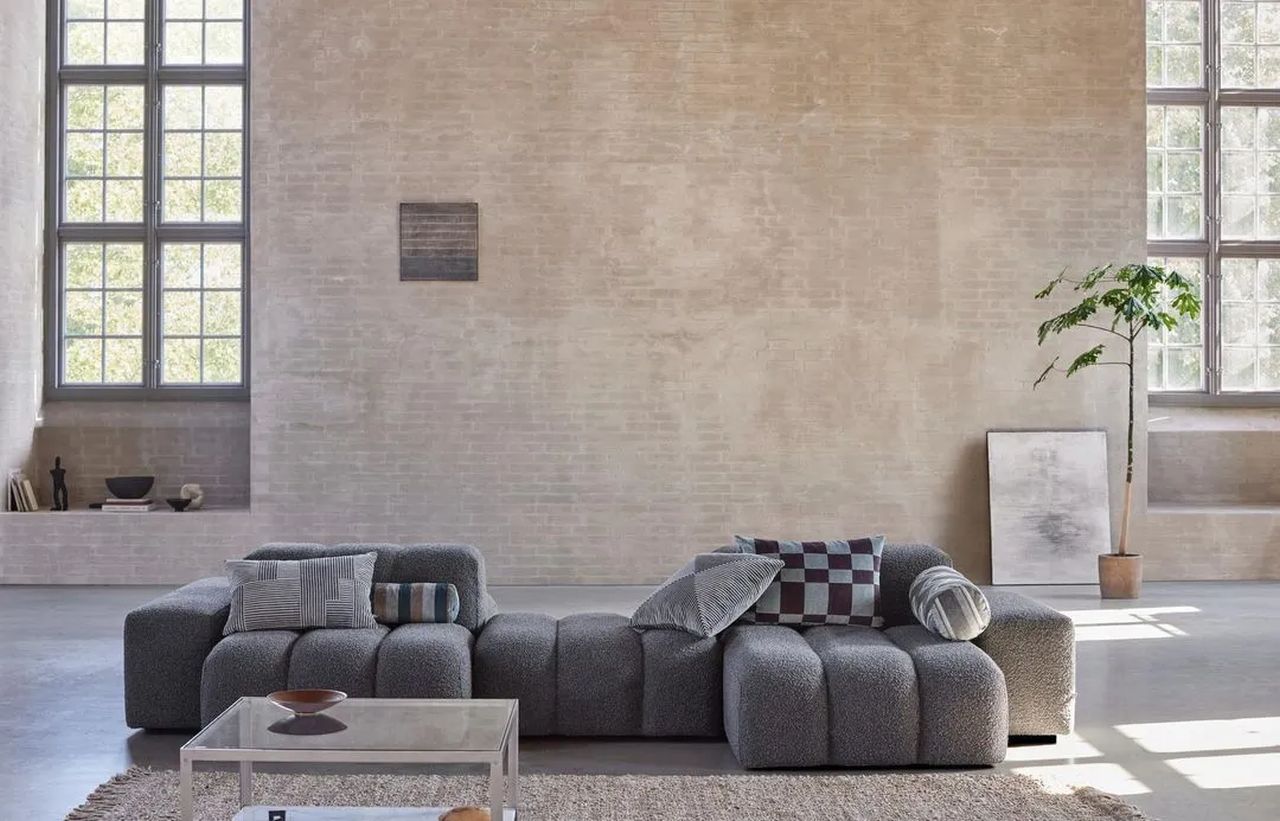
Another Danish brand, WROOM FURNITURE, will introduce an entirely new collection of outdoor furniture at the fair. With a penchant for simplicity, functionality, and sustainability, WROOM emphasises modular solutions in materials such as recycled metal and plastic. “The idea behind the project arose when I acquired a motorcycle designed by the Copenhagen Custom Workshop WRENCHMONKEES. Collaborating with Nicholas Bech (designer), formerly of WRENCHMONKEES, the WR01 series brings a bold, authentic design language to outdoor furniture,” the founder of WROOM FURNITURE suggests.

Another exhibitor, Patch Studio UK, led by Peggy Yu and Naixin Shi, transforms recycled ocean plastics into art furniture, thus contributing its bit to sustainable design. “Our WO-Vase and Pat Chair set to be showcased at the event celebrate the years-long crafting tradition of fishnet weaving, reinterpreted through recycled 3D printing,” Peggy and Naixin inform. By using ocean waste, the exhibition addresses environmental challenges while creating emotionally resonant designs that endure.
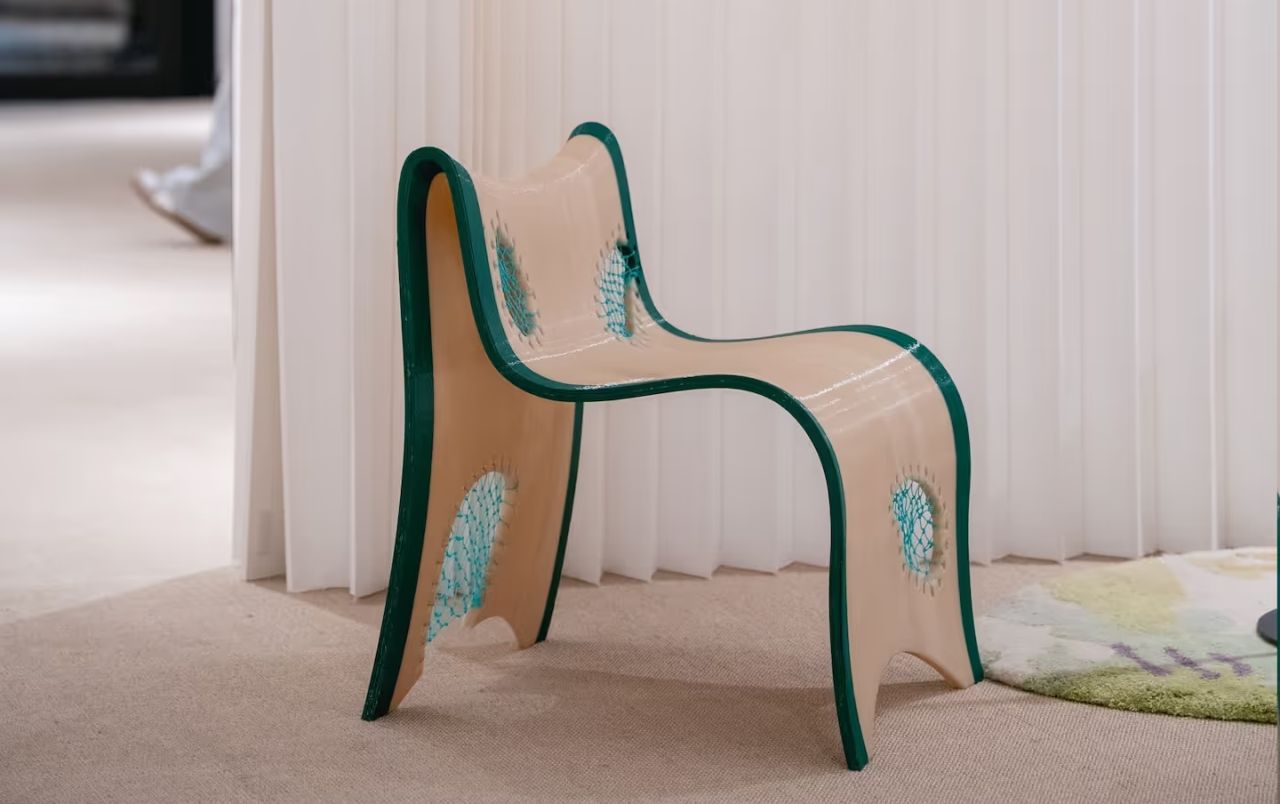
Beyond sustainability, the focus is also on craftsmanship. In an age of automation, the human hand remains a powerful symbol of authenticity, infusing designs with emotional depth. Patch Studio UK further bridges tradition and modernity by embedding hand weaving in design. Their live weaving performance at the exhibition will demonstrate how “the warmth of hand weaving is embedded into digitally fabricated forms,” celebrating the skill of fishnet weaving passed down through generations of coastal communities in the UK and Asia.
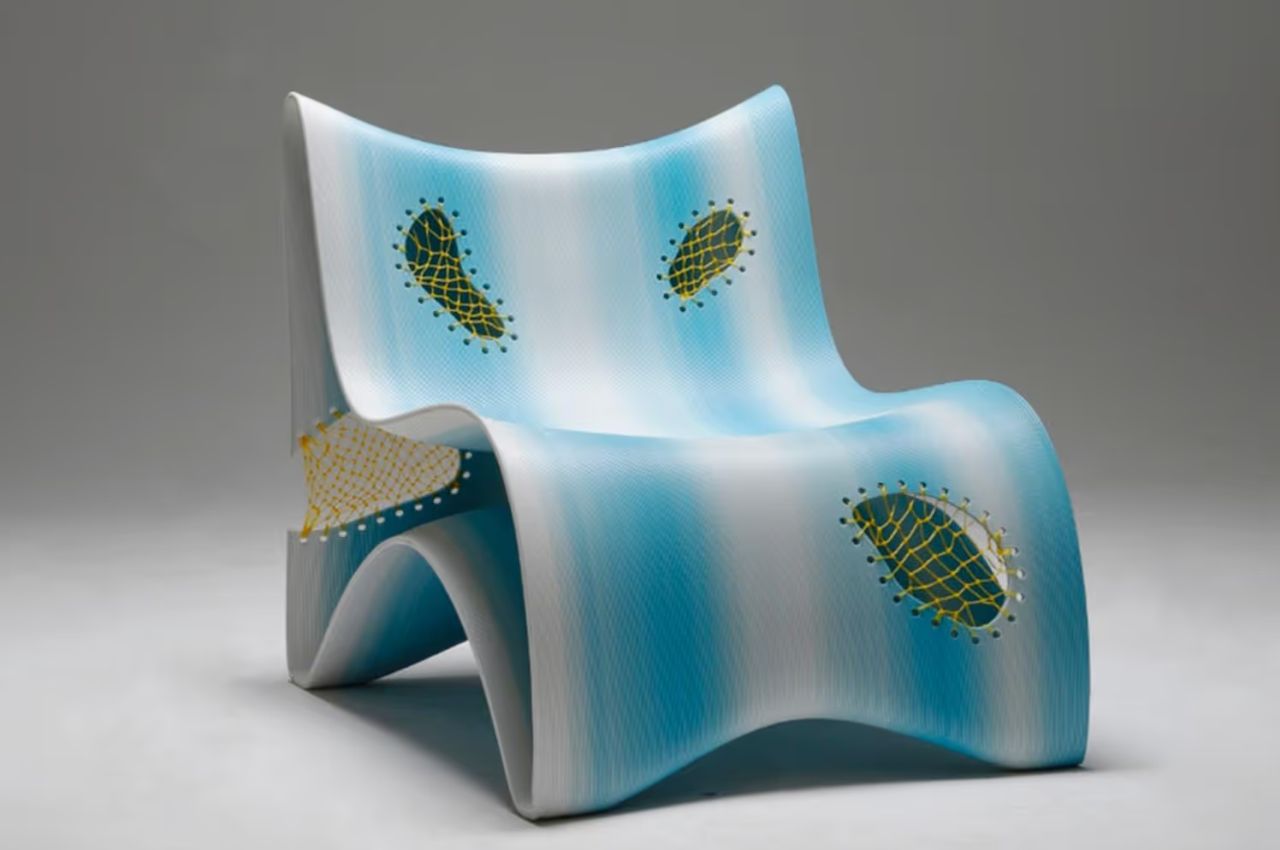
101 Copenhagen, founded by Tommy Hyldahl and Kristian Sofus Hansen, will showcase handmade ceramics that not only captivate the senses but also lets you admire the craftsmanship in the project. “The captivating Guggenheim series, characterized by a harmonious fusion of sharp, archetypal geometric lines and slender silhouette, is handcrafted, allowing for a unique, textured surface that brilliantly captures and refracts light,” the duo reveals. “This collection highlights how craftsmanship can create optical illusions and artistic ingenuity that technology alone cannot replicate.”

Hanne Møller Andreasen, founder of Denmark-based studio Duus & Møller, seconds 101 Copenhagen’s thought by asserting, “We believe true design starts with hands, not data. In our 3daysofdesign collection, you’ll find traces of the maker, proof that real still matters.” Duus & Møller’s collaboration with KarnovMahler reinforces this philosophy, blending hands-on techniques with sustainable materials to produce furniture that feels personal and authentic.
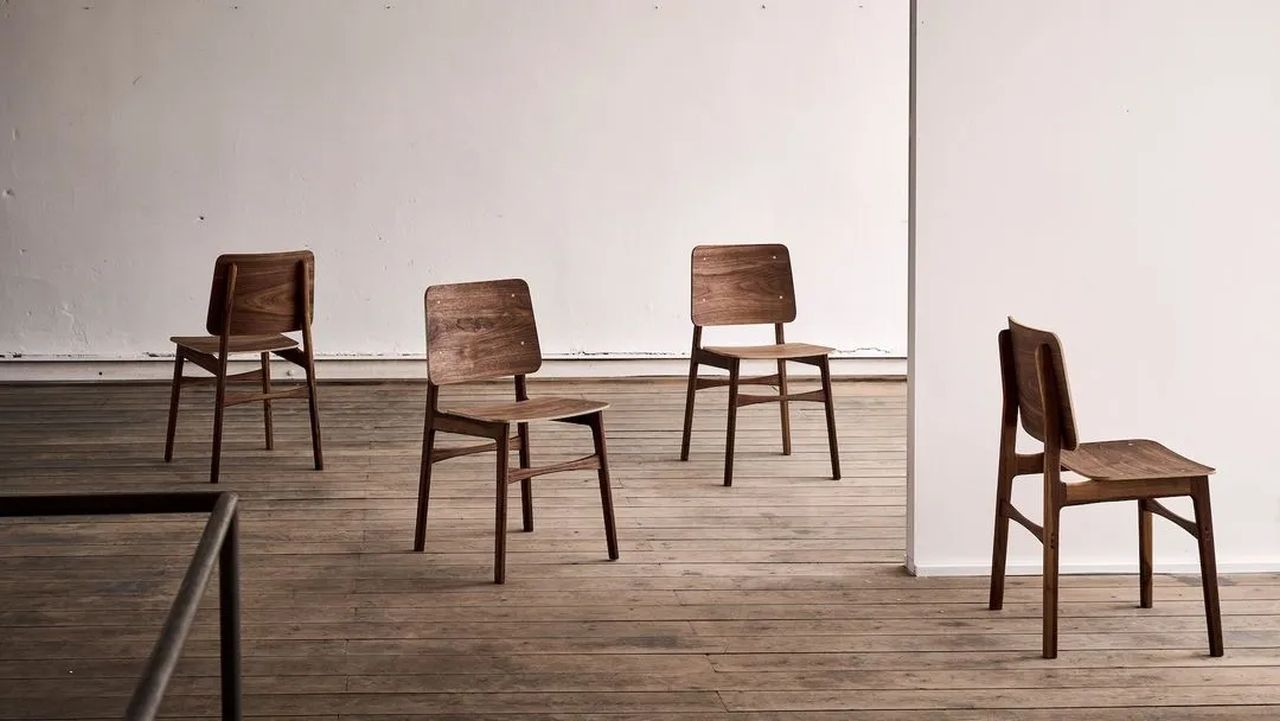
While sustainability and craftsmanship continue to dominate the frame, innovation is not left far behind. The event will feature an ‘AI & I’ symposium focusing on the intersection of design and technology and how AI is transforming creativity in design, art, and architecture. To know what’s really behind the hype, I got in touch with legendary designer Tom Dixon. He will bring his avant-garde approach to Copenhagen with THE SHOP, a pop-up microstore featuring the new AW25 lighting collection.
“Although AI in principle will take over everything, people will crave tactility and weight, will cherish materiality, smells and tastes, and comfort in the analogue world,” Dixon notes while reflecting on the subject matter. Dixon’s 3DD collection not only embraces innovation, but also prioritizes the sensory qualities that define authentic human experiences.
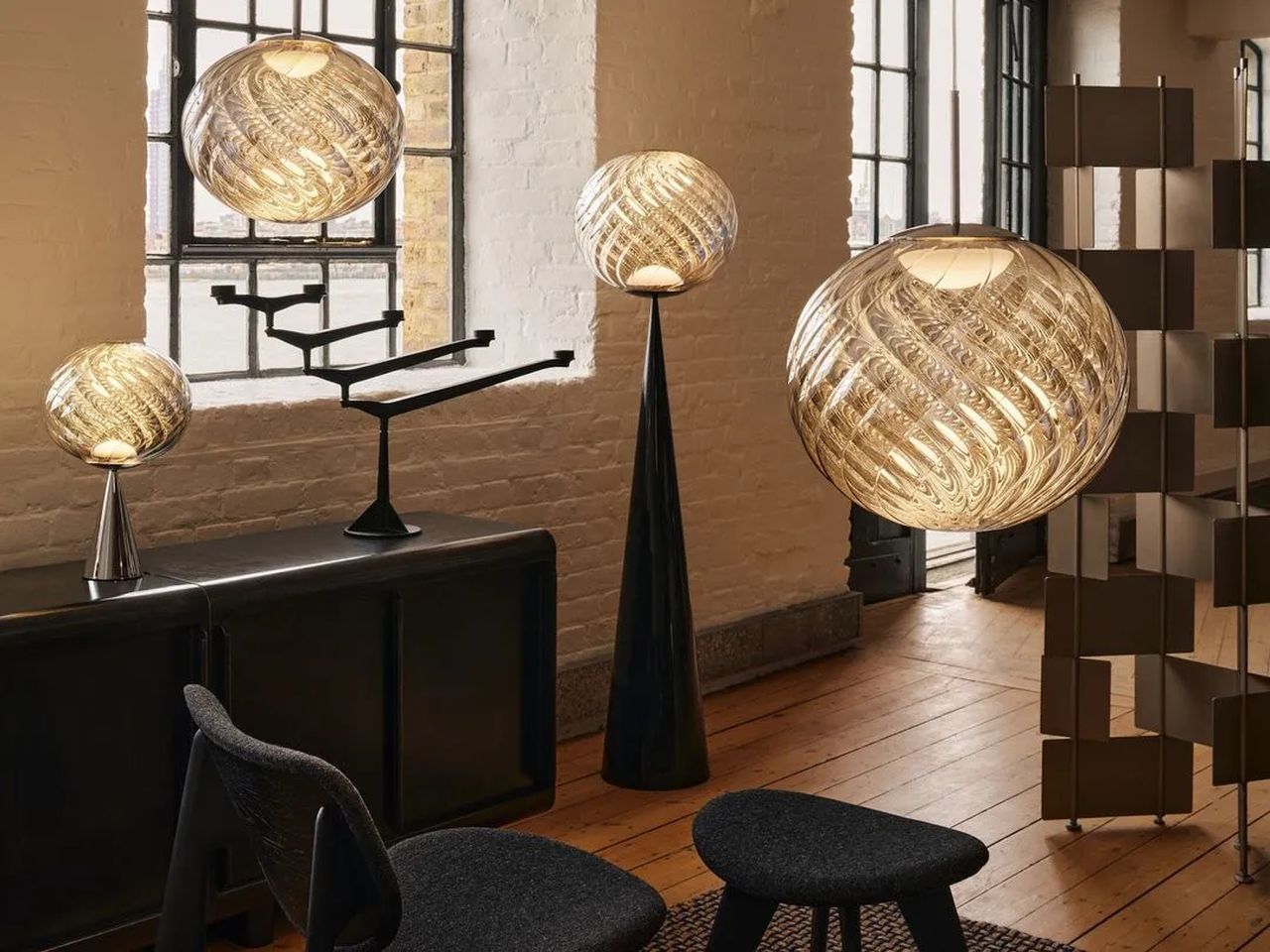
Anaïs Torfs, co-founder of a Belgian furniture brand, After the Rain, has a really interesting perspective to offer. Torfs points out, AI can refine sustainable techniques, but it cannot replicate the emotional depth of human-driven design.” After the Rain creations, like the Flow Table and custom lamps, emerge from specific needs and are made from locally sourced wood, natural varnishes, and employ clean transport, proving that technology can amplify, not overshadow, human vision.
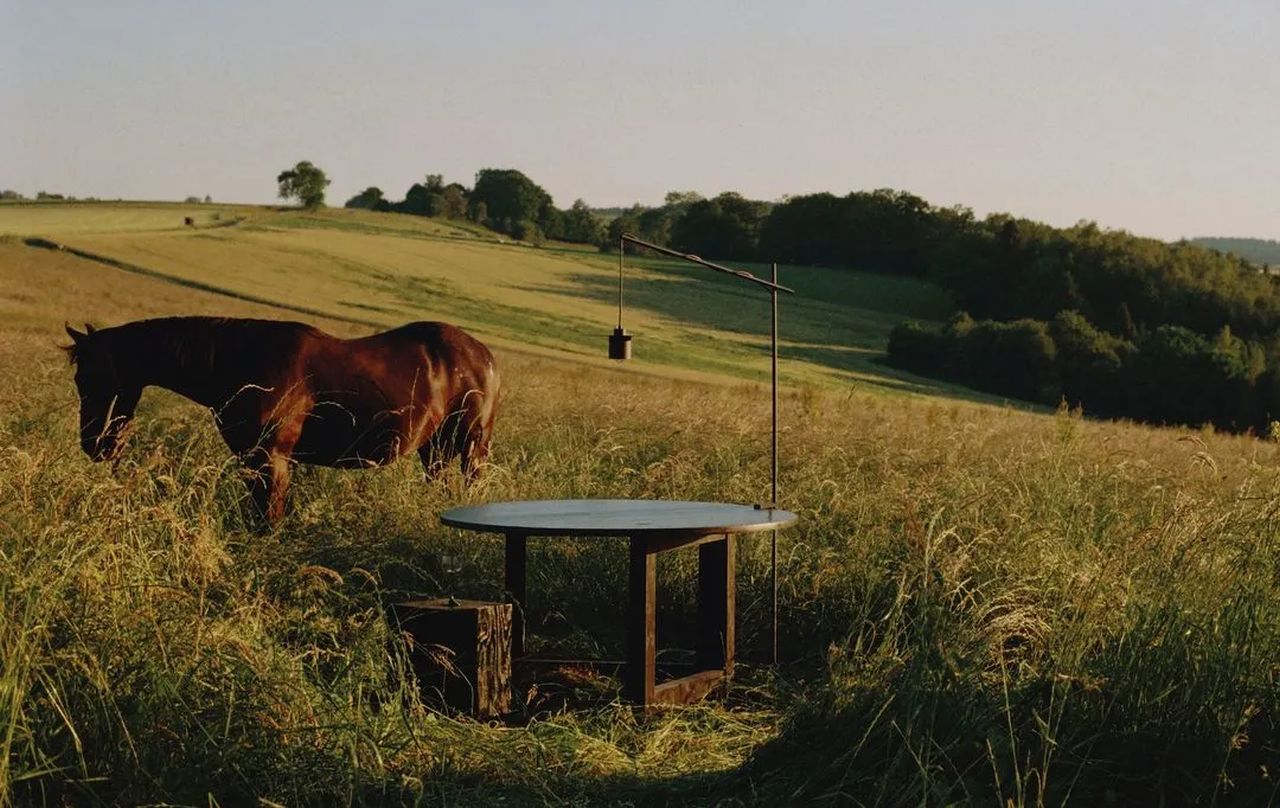

Against the backdrop of a global catastrophe and amid sorrow, 3daysofdesign stands resolute to design’s power to inspire and unite. It reminds us that life surges forward, and design keeps pace. So, as tragedy dominates news on one end of the globe, we will still be on course to explore Copenhagen’s finest installations, launches, and exhibitions, on the other side; not to dismiss the sorrow, but to grasp design’s lifeline, a thread of purpose stitching us together when the world threatens to fray.
Follow Homecrux on Google News!


